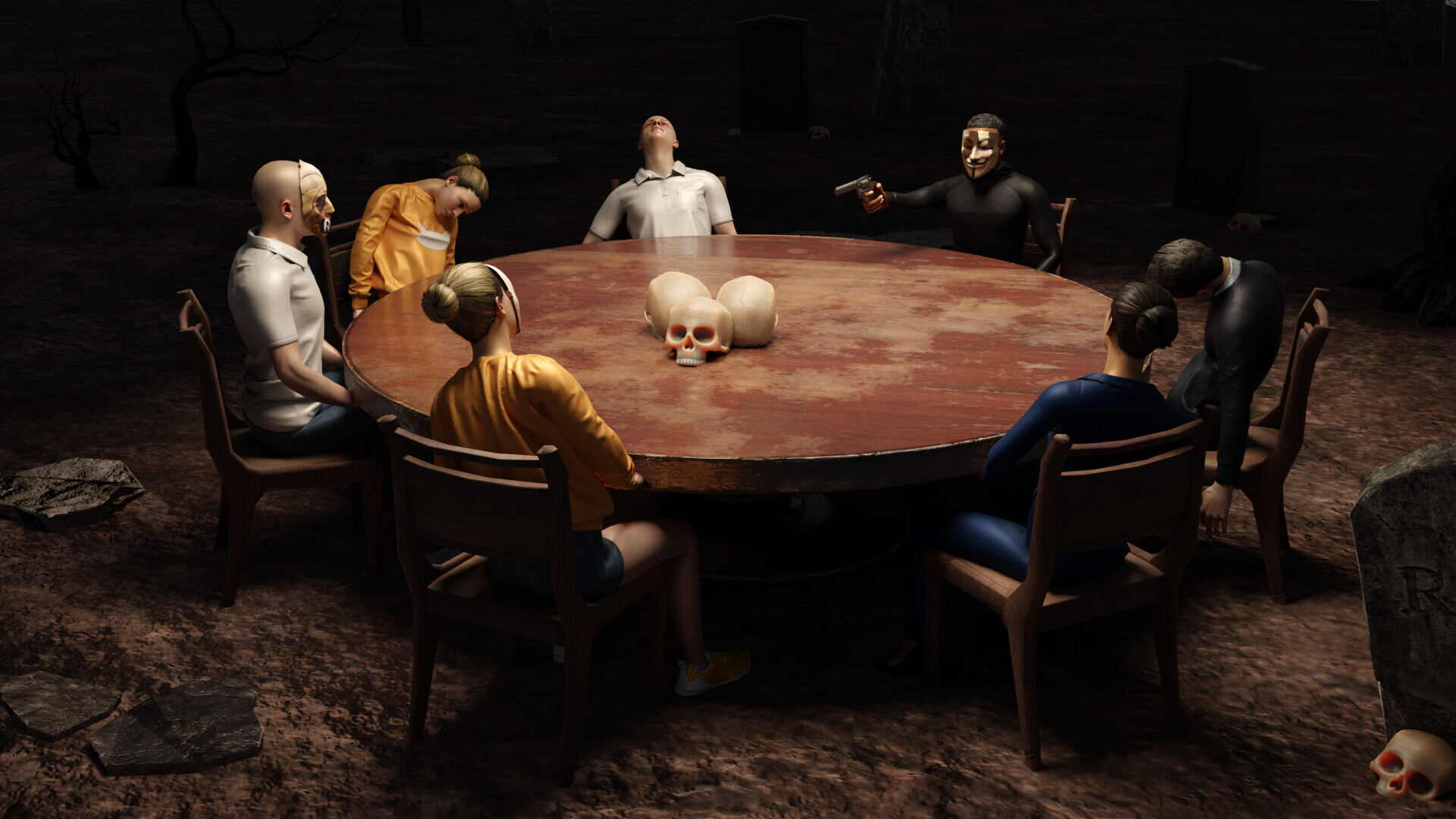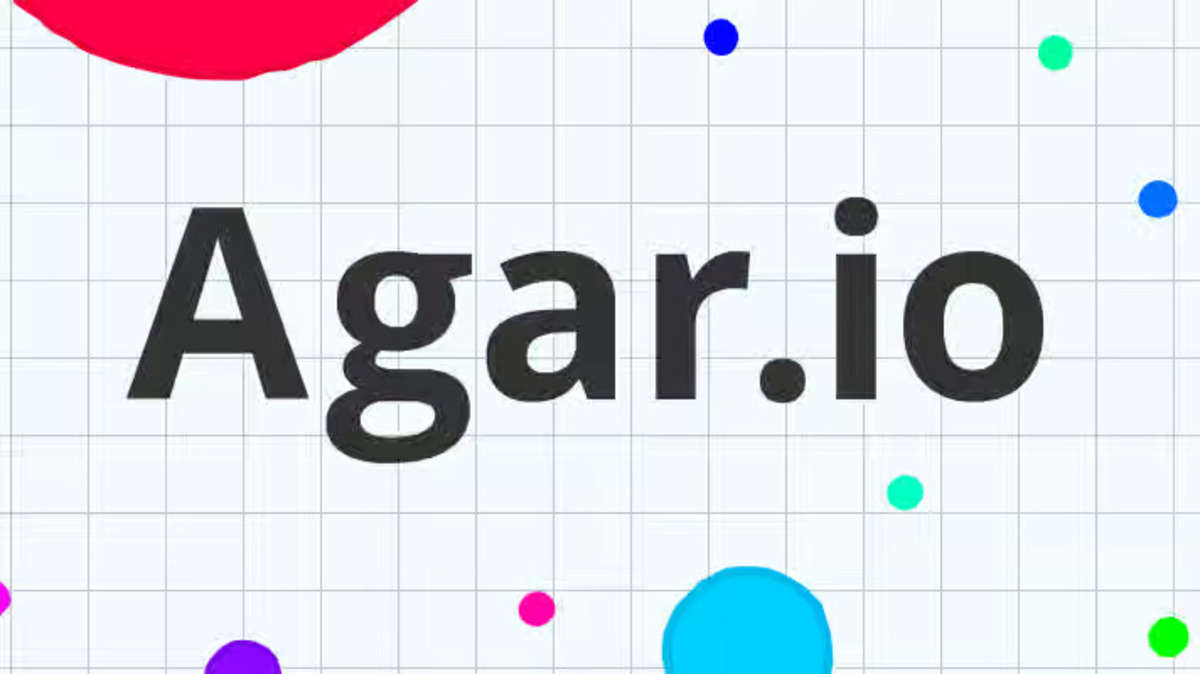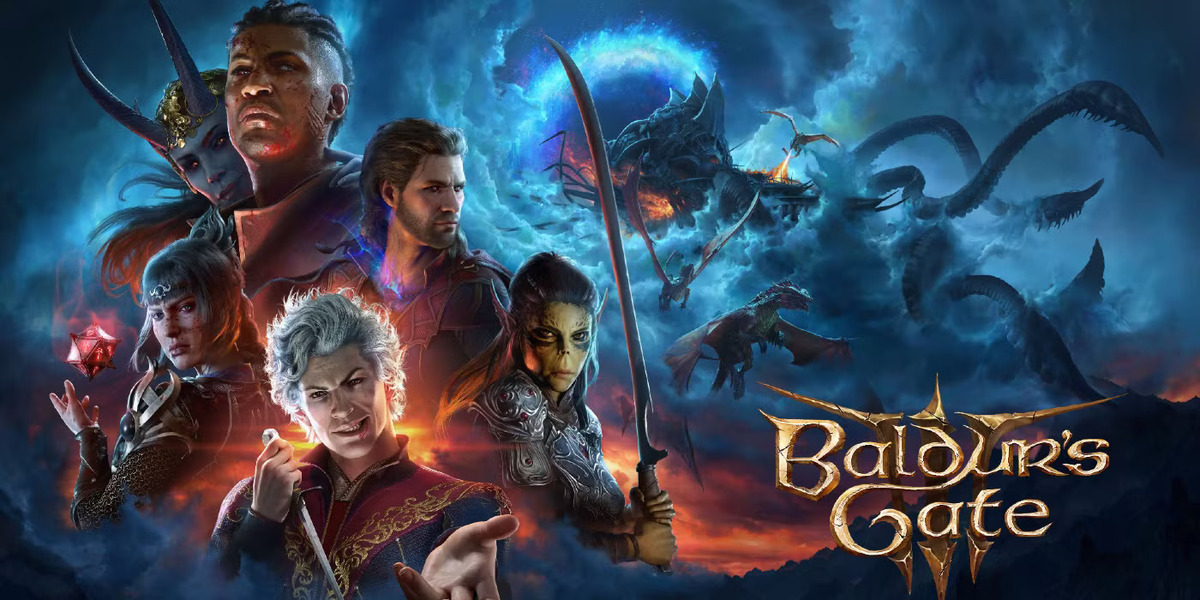Danger as the Core Theme of Gameplay
Russian Roulette games have long been part of stories filled with tension and high stakes. In these games, it’s not just luck at stake—there’s also fear, anxiety, and adrenaline. Historically and in popular culture, it’s often used to depict ultimate risk—a form of gambling where the cost isn’t just money, but life itself.
In modern times, many games—whether on console, mobile, or tabletop—have adopted this theme in a safer way. The original concept has inspired game mechanics that emphasize suspense and quick decision-making. It’s no longer about real harm, but about the thrill of uncertainty.
Though often controversial, this theme draws attention because of the intense emotions it evokes. When players are put in high-pressure decision-making situations, their real skill, bravery, or recklessness emerges—giving the gaming experience a unique emotional blend.
From History to Modern Interpretations
The concept of Russian Roulette originated in wartime legends. Although there’s little concrete evidence that soldiers actually practiced it, it became part of collective imagination through films and novels. In popular culture, it symbolizes fate, death, and desperation.
In movies like The Deer Hunter, Russian Roulette is portrayed as a symbol of trauma and mental collapse. Such scene reflects that, it’s not just a game at stake, but the very meaning of life. This became the foundation for its heavy symbolic presence in media.
As gaming culture grew, this theme transitioned into virtual platforms. Instead of real danger, it was replaced with mechanics that still convey tension—like random spins, sudden losses, or one wrong move that could end the entire game.
How Mechanics Work in Digital Games
In online games, Russian Roulette is sometimes part of a minigame or short-lived challenge. It often involves a randomizer where only one option is “bad” among several. The thrill lies in not knowing when the unlucky outcome will strike.
One example is party games where a player is eliminated based on luck rather than skill. This adds sudden drama and surprise that entertains both players and spectators. It also makes the flow of the game more unpredictable.
Some strategy games use Russian Roulette principles for risk-reward scenarios. Players can choose to bet more for higher rewards—but with the looming threat of total loss if luck doesn’t favor them.
The Psychological Impact of High-Tension Games
Games that incorporate Russian Roulette elements often have a deeper psychological effect on players. It’s not just a game—it becomes a test of inner strength, bringing out feelings of doubt, anxiety, and sometimes fear. This is part of the genre’s unique appeal.
Some players crave the emotional rollercoaster brought by unpredictable outcomes. With each spin of the barrel or pull of the trigger, adrenaline surges. This psychological impact is why even simple mechanics can become addicting when well-presented.
However, it’s important to note that not everyone is comfortable with this kind of tension. For those with trauma or anxiety, it can lead to unwanted reactions. That’s why some game developers include content warnings when such themes are involved.
Russian Roulette as a Storytelling Metaphor
Beyond mechanics, Russian Roulette is used as a deep metaphor in story-driven games. Choosing which character will face fate becomes symbolic—illustrating desperation, sacrifice, or emotional breakdown.
In some narrative games, players are asked to make decisions that could lead to disaster. The effect feels like Russian Roulette—you won’t know if you made the right choice until it’s too late. This deepens emotional connection to the story.
One indie game featured a scenario where you had to choose which character to sacrifice. There were no right or wrong answers—but your decision echoed throughout the rest of the game. This is how Russian Roulette principles often reshape narrative structures.
Game Design Focused on Ethical Balance
Not all inspiration should be implemented directly. Many game designers handle the Russian Roulette theme with care. Including it in gameplay requires consideration of player perspective and creator responsibility regarding possible effects.
Striking the right balance depends on context. If it’s part of satire, a psychological thriller, or dark comedy, it may be more acceptable. But if it’s used aimlessly or glorifies danger, it can provoke negative responses from the community.
Some developers create alternatives—mechanics similar to Russian Roulette, but with lighter consequences. For example, instead of life, what’s at stake might be resources or points. In this way, the thrill is preserved without moral complications.
Community Reception and Content Regulation
Within the gaming community, reactions to Russian Roulette games are mixed. Some accept it as creative expression, while others worry about its implications—especially when there are no warnings. Transparency is key to responsible gaming.
Platforms like Steam or itch.io often use tagging and content warnings. This allows players to know what themes they’re about to encounter before starting the game. It’s a step toward a safer, more mindful consumer experience.
Some countries have regulations on violent or suggestive content, especially if it may impact mental health. That’s why some developers avoid literal presentations of the concept, opting instead for abstract representation.
Online Multiplayer Dynamics and Russian Roulette
When Russian Roulette mechanics are placed in a multiplayer setting, new layers of social pressure emerge. It’s not just random chance—but also the decisions of fellow players. This adds psychological intensity rarely seen in other genres.
There are games where one player must perform a “trigger pull” while others watch. Tension builds with each round, especially when rewards are at stake. It becomes a social event filled with emotion.
One example is VR chatrooms with custom games. In virtual rooms, participants role-play their version of Russian Roulette—a mix of interaction and suspense. It’s not for everyone, but for some, it’s a way to flirt with danger in a safe environment.
Potential Impact on Youth Culture
Because of content availability, some parents and educators ask whether games with Russian Roulette themes should be avoided. The answer isn’t simple—it depends on age, maturity level, and how the theme is presented.
If a game has a mature rating, it’s clearly not for children. But if it’s part of satire, parody, or historical storytelling, older players might understand it better. Problems arise when such mechanics are used as gimmicks in games for all ages.
This is why content guidance—like ratings, descriptions, and parental controls—is important. Not all risky themes are harmful, but they should be delivered in a meaningful and respectful way to the player.
Russian Roulette as a Measure of Suspense
The true value of Russian Roulette in game design lies in its ability to impose relentless tension. When done right, it adds weight to every decision and deepens the player’s experience. It’s not just about danger—but confronting the unknown.
In the world of digital entertainment, games that evoke strong emotions are often the most memorable. Russian Roulette mechanics, when used carefully and purposefully, can be a powerful tool for storytelling and character testing.
The thrill of the unknown, the silence before the click—this is what gives certain games their unique pulse. It’s not for everyone, but for those willing to try, it’s an experience not easily forgotten.



